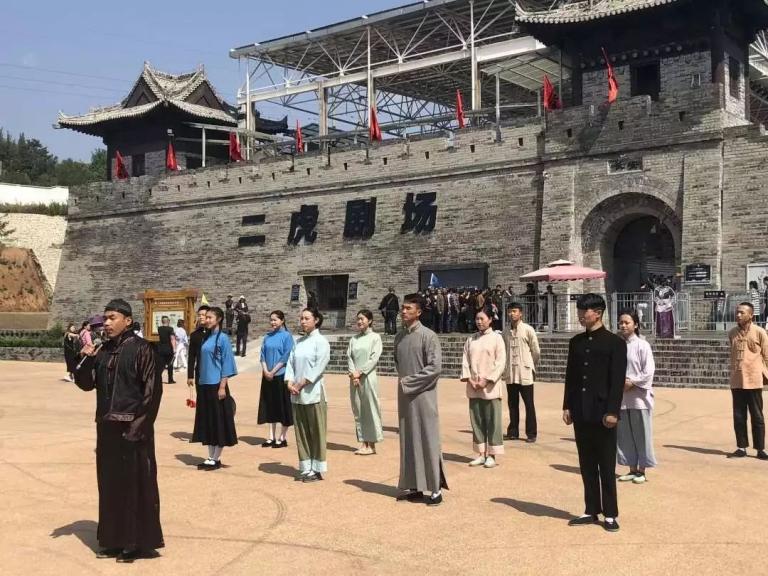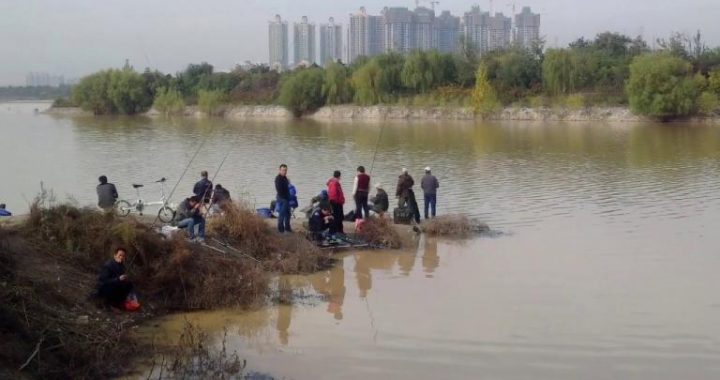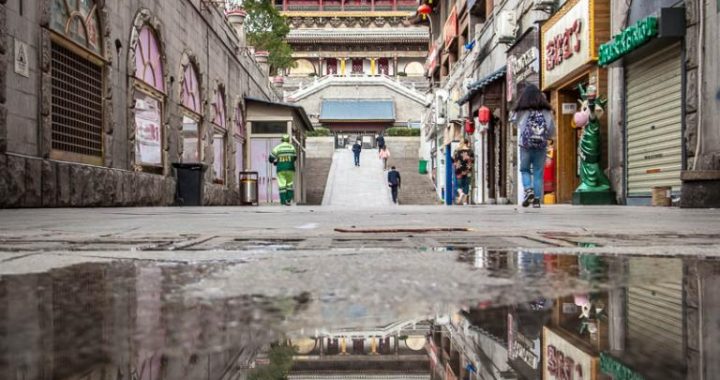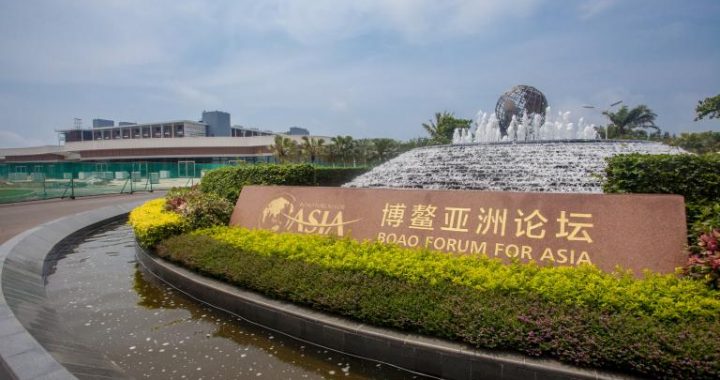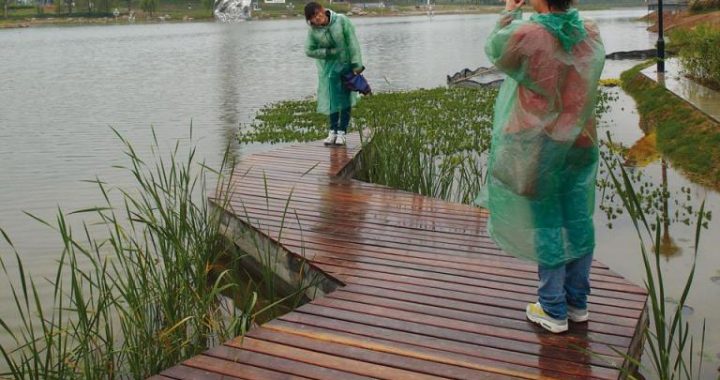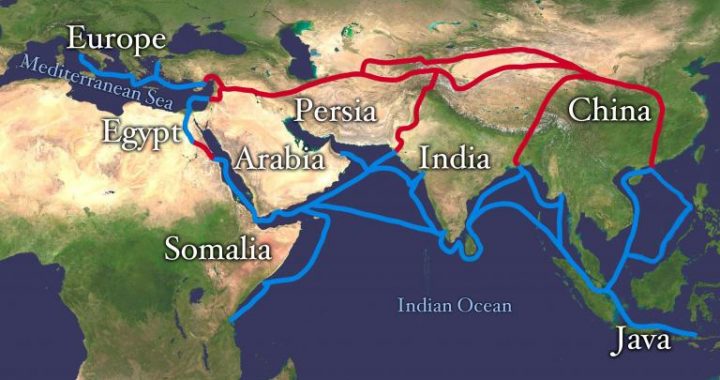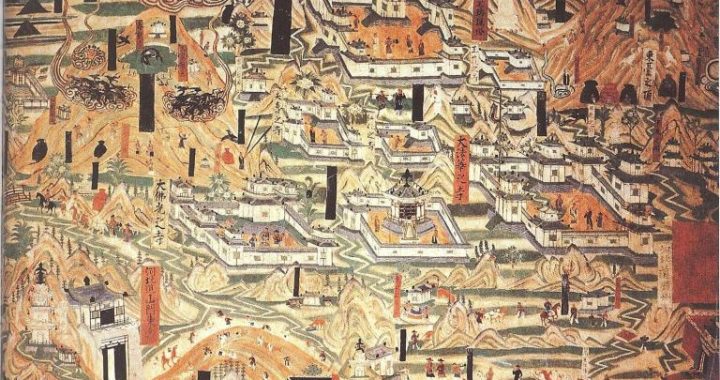Think of the Vicissitudes in Lantian
5 min readLantian Jade had been famous since ancient times.As early as the Qin Dynasty,people had already started to quarry for jade to make the imperial seal.The jadeof the He family was one such instance.As per the the records of the Tang Dynasty,and accoring to many other ancient books,Lantian is the home for many precious jades.
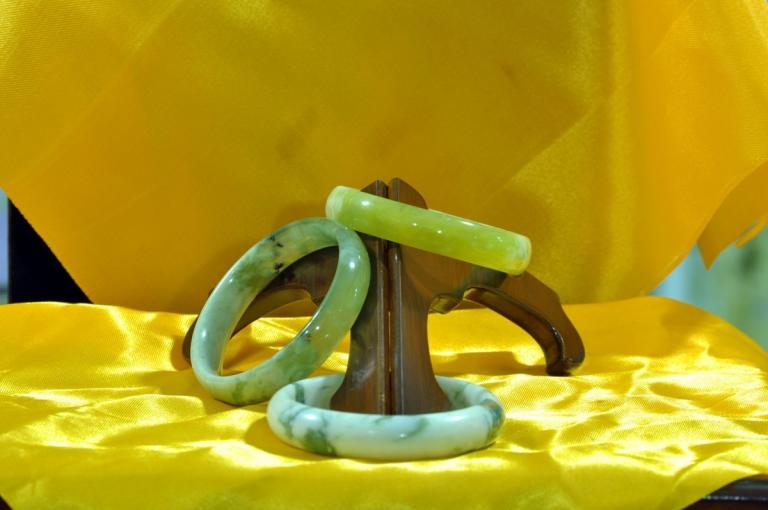
Lantian Jade has several categories,which includes smaragdine,black jade and colored jade,most of which are of the polychromatic type with distinct and beautiful colors and special patterns.According to the results of a recent survey, there is a reserve of Lantian Jade in excess of a million cube meters, distributed mainly in the Yuchuan County and Hongmensi County. Used to quarry and produce jades by hand, in recent years the local jade craftsmen now have started to employ modern equipment, turning out various kinds of decorations and handicrafts such as jade cups, jade ink-stones, jade bracelets, and fitness balls. Images of nature, such as water, and mountains are naturally visible in jade products, making the art-ware both attractive in price and quality.
It is illustrated in the GIG’s local jade research reports that, with a history of over 4000 years, Lantian Jade is among the earliest exploited and utilized jades in China. Approximately 40 kilometers southeast of the city of Xi’ an, the Lantian County has mountainous eastern and southern regions, with other parts of the county covered by rivers, plains, or hills.
It is the origin of the Bahe River and the Chanhe River, two of the eight rivers flowing around the Changan city. The well-known White Deer Plain is located between the two rivers. For its turning out numerous beautiful jades, the county was named “Lantian”in the Qin State during the Warring States Period.
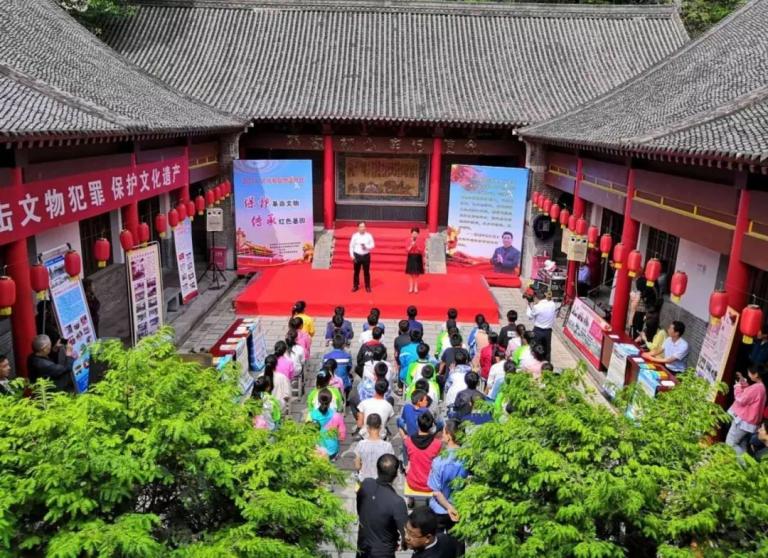
“Lantian Man”is the most important item, out of all the valuables that are found in that location. The “Lantian Man”is defined by the Baidupedia as a kind of Chinese Homo erectus fossil. Being a species of the early Paleolithic Age, the Lantian Man is classifed as a subspecies of early Homo erectus, with its English trinomial name as “Homo erectus lantianensis”.
The Lantian Man lived in the middle periods of Pleistocene and earlyperiods of the Paleolithic Age. Remnants of Lantian Man were found inGongwangling, Lantian County, Shaanxi Province in 1964, hence its name.
Lantian Man is older than the better-known Peking Man by several hundreds thousands years. However, the two species are quite different both physically and in form. For example, when compared to the Peking Man, the Lantian Man looks more like an ape, having a lesser intelligent mind and lesser developed limbs. Therefore, scientists classify the Lantian Man as “early Homo erectus”and the Peking Man as “late Homo erectrs”.
The early Lantian Man is thought to be the earliest residents of Xi’ an, and represents the oldest fossil of the human kind ever found in Asia.
Once upon a time,I went to Lantian to pay tribute to our ancestors.
Reverently,I touched her gently on her high cheeks and thin lips. She must have been a beauty of that era, admired by many people. Standing besideme was a young mother, holding in her arms her little child, who seemed to be younger than 3 years old. The little child asked her mother:”Mom, what should I call her?”The lady was having some trouble answering this question. Upon hearing this,I responded, touching the child on the head:
“Call her Mother!””Is Mother the same as mom?””No, they are different.
Mother means more.”May be it was because the answer I give was too ambiguous that the kid stopped talking with me.
The Lantian Man is believed to have lived about 1.1 million to 1.15 million years ago. At that time, they lived in a well-vegetated environment, which was inhabited by many other kinds of ancient animals, including such vegetarians as the pandas, stegodon otientalis, and cervus grayi and the ferocious machairodus honnikilis. The Lantian Man, striving to survive, made their stone tools in a simple yet coarse manner, creating large-pointed tool, chopping tool, scraping tool and stone balls. They hunted beasts, picked fruits, and collected seeds, and tubers were the biggest component of their food.
In the Pleistocene stratum, over 200 pieces of stone-made instruments were excavated. Among those, only 13 were found in Gongwangling fossil-bearing beds and beds of later epochs, while others came from over 20 locations with a similar history. Technically speaking, all these stone toolshave no distinct differences among them. They are considered as the cultural remains of the Lantian Man in its present stage, for we haven’t acquired all adequate materials. The stone-made tools of Lantian Man, as already mentioned, includes cutting tools, scraping tools,a large-sized pointed tool, stone balls, and some stone cores and flakes.A large majority of them were made from quartzite gravel and broken vein quartzes, which were coarse inform. The most distinctive of them was the large-sized pointed tool, which was also called the”three-edged large-sized pointed tool”for its triangular transect. Tools such as this had also been found in the Dingcun Site, the Sanmenxia City, and the Hehe Culture site, and the Xihoudu Culture site, all of which are located in the “Fen-Wei graben”and surrounding areas, symbolizing that the large-sized pointed tool was an important element in Paleolithic culture. The unique thing found in the Lantian County is only a coarse stone ball, approaching the technical level of the stones found in Dingcun, Hehe and Sanmenxia City. The chopping and scraping tools excavated in Lantian are all ordinary, and is the same in construction and form with other tools made in late Paleolithic Age and excavated in northern China.
Three or four clusters of ashes have also been found in the Gongwangling fossil-bearing beds. Though small in scale, they are believed to be the remains of fire. Eating natural food and holding stones and torches, the ancient men lived a communal life among beautiful mountains and clear waters. Isn’t this is the ideal life that we all are seeking? Many years have passed since then, but we still wish to go back to that state.
